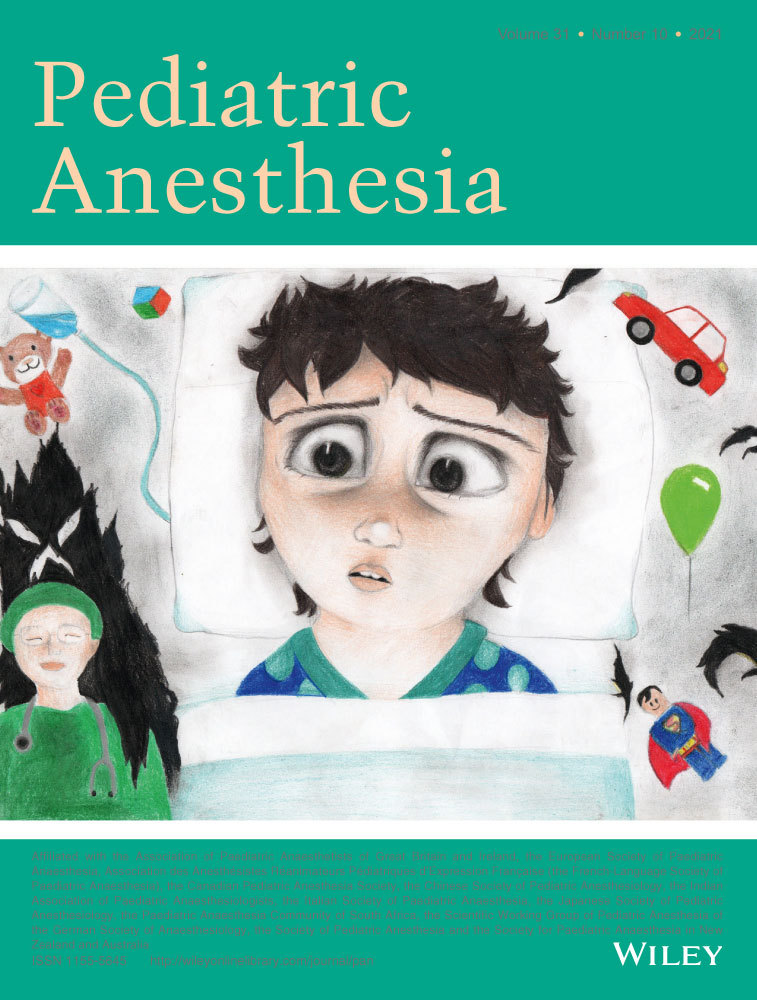Effect of leg lift on stroke volume index in children 11–17 years old before and after induction of general anesthesia
Abstract
Background
Fluid administration in ERAS is one component which anesthesiologists have control. Change in stroke volume index (SVI) is used to assess fluid responsiveness. This study sought the effect of perioperative fluid responsiveness in pediatric patients. The Cheetah NICOM™ (noninvasive CO monitor) was employed because of correlation with other CO monitors.
Aims
The Cheetah NICOM™ is an FDA-approved device in adults. Its indications in children are unknown. 24 enrolled patients (age 11–17) were ASA 1 or 2 without cardiopulmonary disease. The study examined changes in SVI, HR, SBP, and DBP between the semi-recumbent and legs lifted positions, both awake and after anesthesia.
Methods
Each patient had baseline vital signs measured and fluid responsiveness determined with the Cheetah NICOM™ monitor. Stroke volume index (SVI) was measured in both the semi-recumbent position and after passive leg lift. Measurements were repeated immediately after induction of general anesthesia. Twenty-one of 24 patients received inhalation induction with sevoflurane and three patients received intravenous propofol followed by sevoflurane. Airway management included intubation in 19 of 24 and a laryngeal mask airway (LMA) in five of 24 patients.
Results
There was a 25% increase in SVI after leg lift from 54.8 ml/m2 to 68.0 ml/m2 in awake patients (p < 0.001). Diastolic pressure decreased by 15.4% from 67.9 mm Hg to 58.2 mm Hg from semi-recumbent position and leg lift, respectively (p = .004). No significant change in heart rate or SBP was found. Following induction, patient SVI increased with leg lift by 25.6% from 42.6 ml/m2 to 53.5 ml/m2 after leg lift (p = .003). Heart rate decreased by 9.3% and SBP increased 2.8% with leg lift.
Conclusions
96% of normal 11–17-year-old children were fluid responsive while awake and 79% after induction of general anesthesia.
CONFLICT OF INTEREST
None of the authors have any conflicts of interest to report.
Open Research
DATA AVAILABILITY STATEMENT
Data sharing is not applicable to this article as no new data were created or analyzed in this study.




